While visiting Mcleodganj in Dharamsala, or Majnu ka Tilla in Delhi, it is hard to ignore Tibetan women, donning the traditional Tibetan attire called chuba and colorful aprons called Pangdens, selling jewelry, woolens, artifacts, food items, and more, in the marketplace. The Tibetans are perhaps the most successful refugees and the Tibetan women are the most resilient refugee women in the world. Although the community struggled in the initial years after fleeing the Chinese occupation of Tibet in 1959, gradually, they overcame the challenges with significant help from the government of India and the international community.
In the initial years, Tibetan women and men worked as road construction laborers to earn a living. While women venturing out of their homes to make a living was unheard of in Tibet, the refugee women worked shoulder to shoulder with men and contributed to the family’s income. Most Tibetan women-in-exile today are engaged in some, or the other kind of economic activity, such as sweater selling, carpet weaving, running hotels and restaurants, etc. The educated ones pursue jobs in NGOs, the Tibetan government-in-exile or the Central Tibetan Administration (CTA), schools, colleges, etc. The Tibetan women are politically active and hold a high status in Tibetan society. When asked whether Tibetan refugee women are empowered, the community members provide affirmative answers. Women empowerment is something that the Tibetan refugee community, the CTA, and the Tibetan women, in particular, emphasize a lot.
The fact that the Tibetan government-in-exile takes the issues of Tibetan women seriously is evident from a Women’s Empowerment Desk (WED) in the CTA dedicated to the empowerment of Tibetan women. The Tibetan government-in-exile set up the WED in 2006. The WED ensures that a gender perspective features in the design, implementation, and monitoring of all the programs and activities of the CTA. It also aims at strengthening CTA’s capacity to address critical issues facing Tibetan women and girls. An essential responsibility of WED is to ensure that the Tibetan Women’s Empowerment Policy (WEP), which came up in 2008 and was revised in 2017, is implemented to the fullest extent.
The Women’s Empowerment Policy document details ‘policy outlines’ regarding Tibetan women under the following headings: women and human rights in Tibet, education, health, economic, governance and leadership, social; and sexual and gender-based violence (https://tibet.net/wp-content/uploads/2017/02/TWEP.pdf). The ‘policy outlines’ address some of the most pertinent issues that Tibetan women and girls face today, such as unequal participation in decision-making, domestic violence, sexual harassment, limited career opportunities, unequal access to religious studies, etc. If implemented well, the policy can go a long way in helping Tibetan women-in-exile achieve social, political, and economic empowerment. Although the condition of Tibetan women in exile has improved since the 1960s, there is still scope for improvement. In settlements like New Delhi, Dharamsala, and Dehradun, the Tibetan women are better off than the women in the remote settlements like Ladakh, Arunachal Pradesh, and Karnataka. The women in the remote settlements still need attention in terms of education, political representation, social issues, and economic empowerment.
The Tibetan government-in-exile is making efforts to improve the lives of Tibetan women in remote settlements. For example, the CTA organizes workshops and awareness programs for underprivileged Tibetan women in remote settlements. The members of the WED and other CTA staff visit the remote locations and educate Tibetan women on matters of public health and hygiene, domestic violence laws, sexual violence redressal mechanisms, and more. However, the government does not work alone. It works in tandem with NGOs such as the Tibetan Women’s Association (TWA), the leading Tibetan women’s political and social organization in exile. The organization provides social assistance to needy women in exile and ensures that Tibetan women in exile have access to social welfare. In addition, TWA also strives to preserve Tibetan identity, culture, and religion.
In sum, the Tibetan community in exile is quite advanced in its approach to empowering women. It is interesting to note that most Tibetan women before 1959 were uneducated and mostly confined to their homes. However, this is a matter of debate among different scholars, and there are diverse views. Nevertheless, in the past six decades, the Tibetan community has witnessed conspicuous changes concerning the status of its women. The CTA has the right approach and policies regarding Tibetan women’s empowerment. However, a dedicated workforce is needed, combined efforts of the government, grassroots organizations, and individuals; and proper implementation.

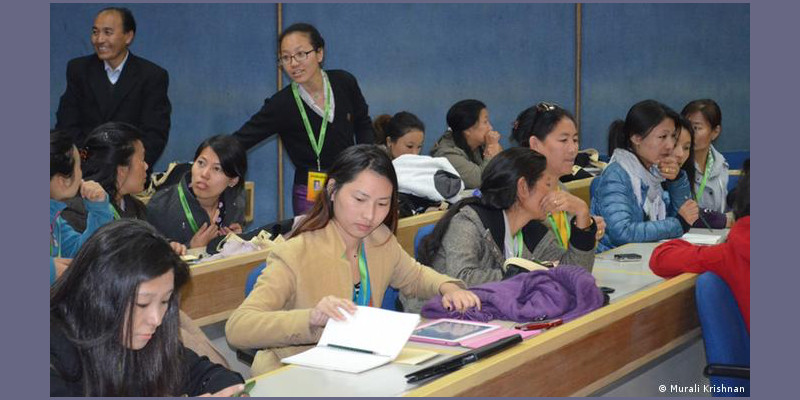
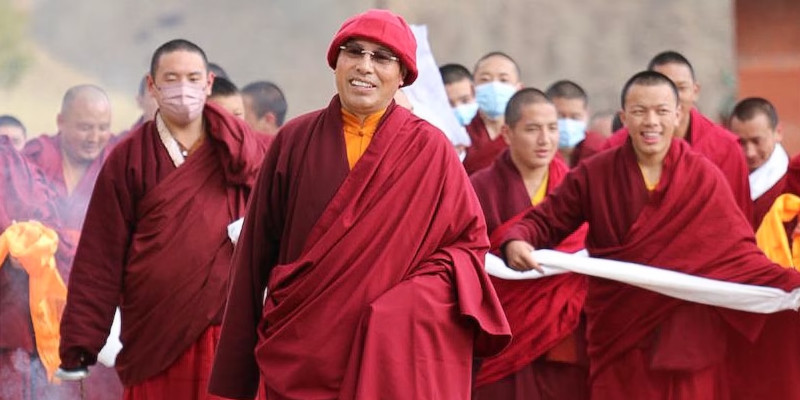
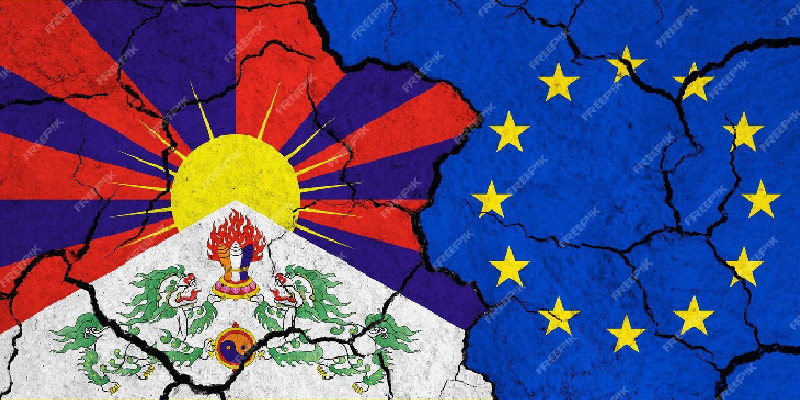

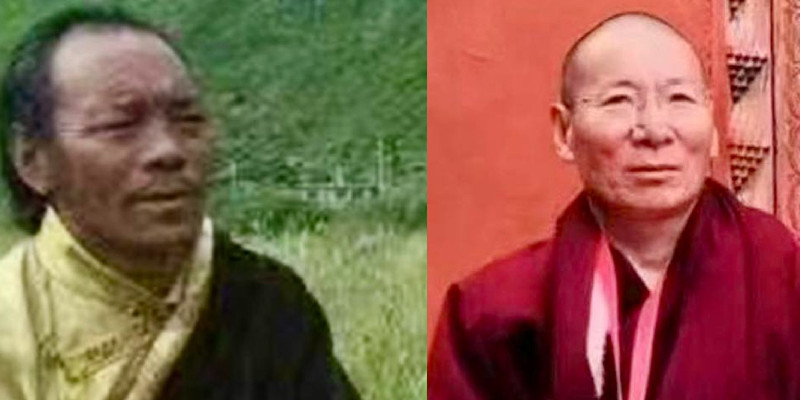
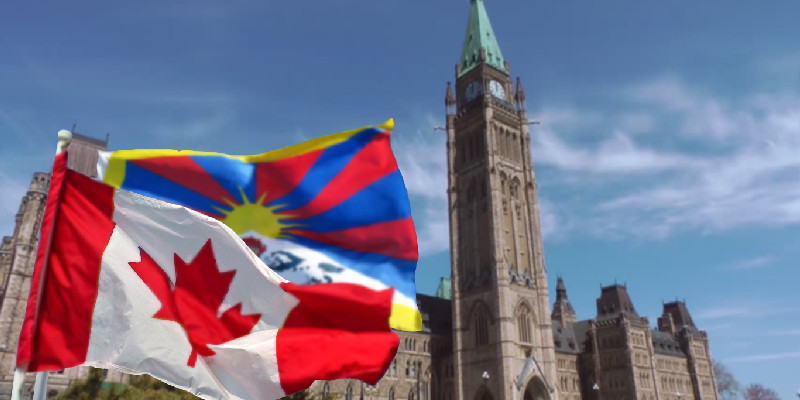
Leave a Reply